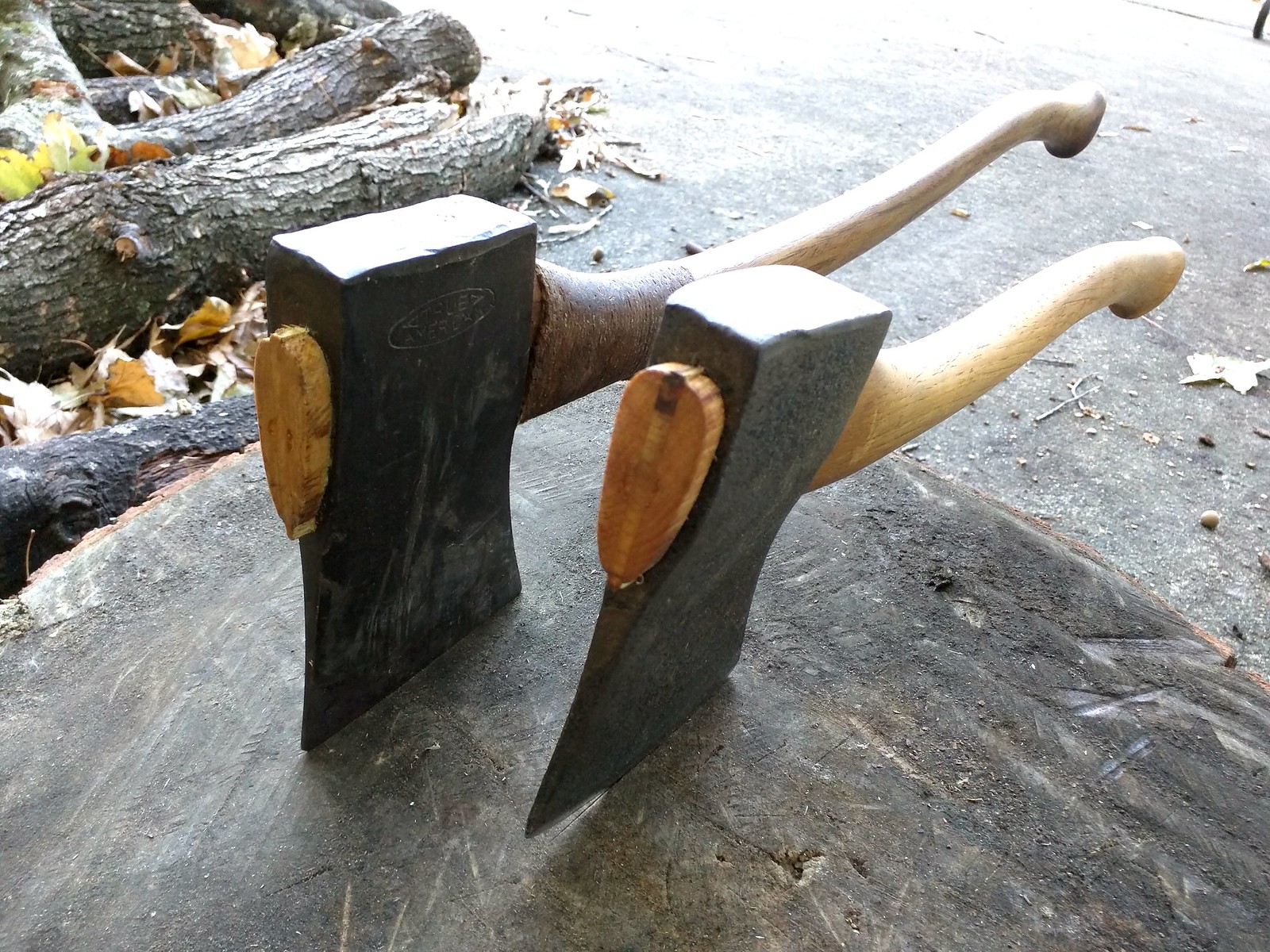Didn't know where else to put this. I've hung a Boy Scout hatchet and now having used it a bit I know places where I wish I had thinned more or less but I've never hung an axe.
Where can I go for ideas/patterns to shape handles/hafts? I have a 5# Collins axe that I'll try to match since it will be a restoration but I've bought/acquired several heads without handles. HH come big/thick. What do I do? Thanks.
COTS inspired me to start thinning my handles down. His are works of art IMO. I would take a look at his thread for some inspiration.
I thin my handles down before I hang the axe head. Mostly I use rasps, a hatchet, my trusty Mora, a folding saw, and a palm sander. Most of the material comes off at the shoulder just under where the head sits, and the swell at the bottom. I also tend to remove from the front of the handle just above the swell up to the start of the curve, and from the back of the handle just beyond the curve to the shoulder. Once the head is fit I like to knock down the shoulder to a minimum so there is enough for the head to rest on but not more. I do this before the final sanding and driving the wedge. This helps to keep your handle from getting beat up when splitting wood.


This is the boys axe handle from above, its a HH handle.

The tools I use personally.

Last edited:




